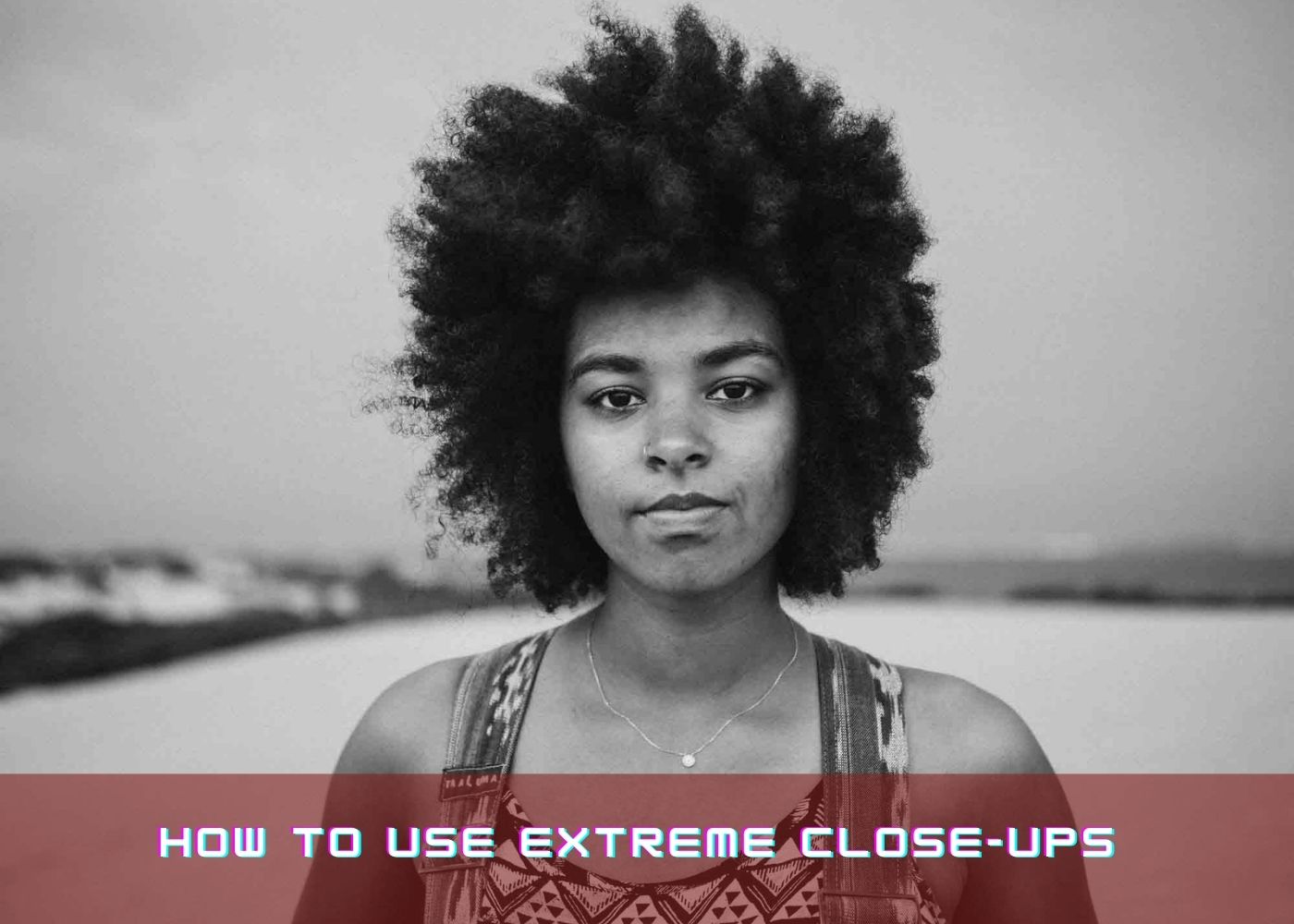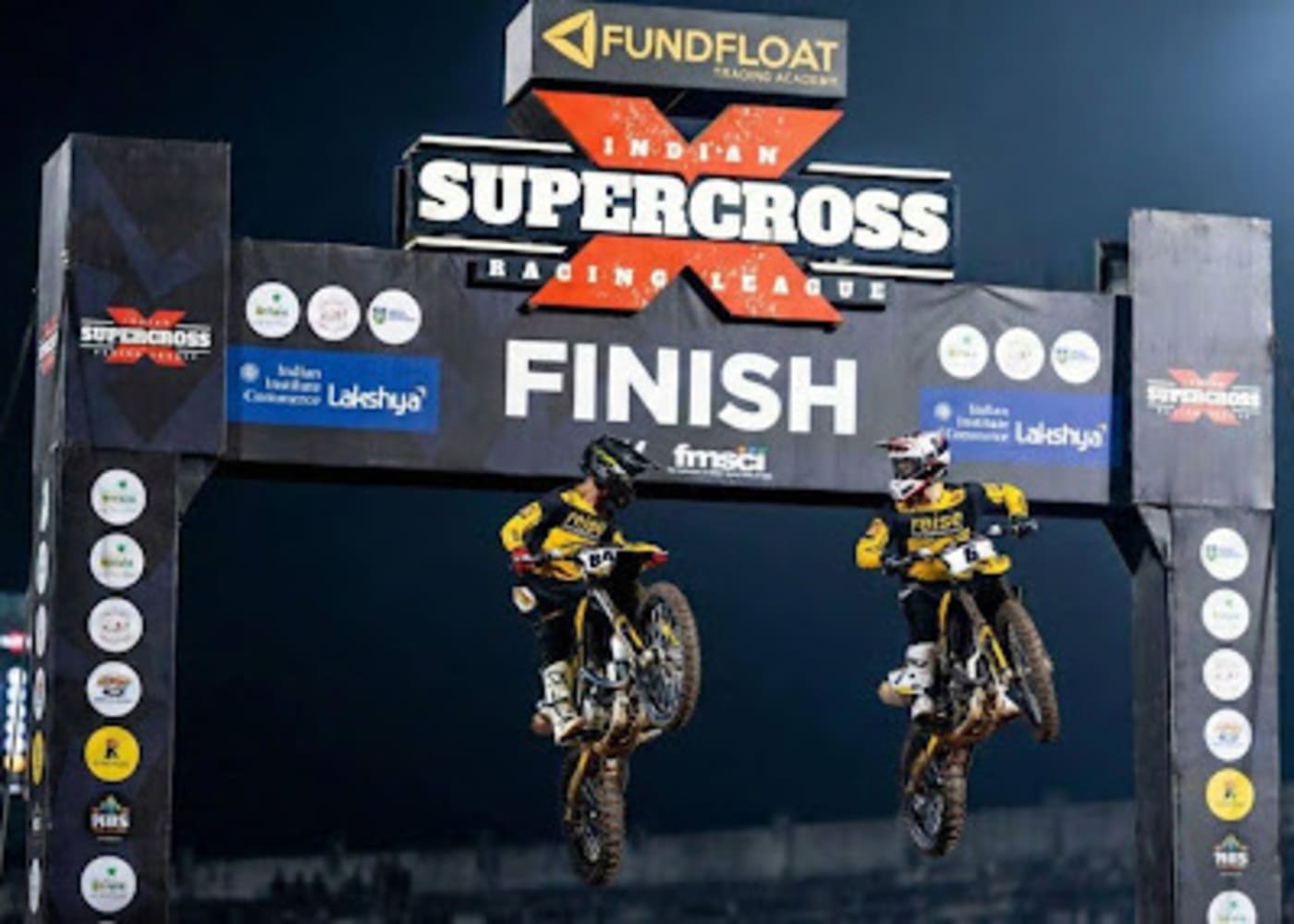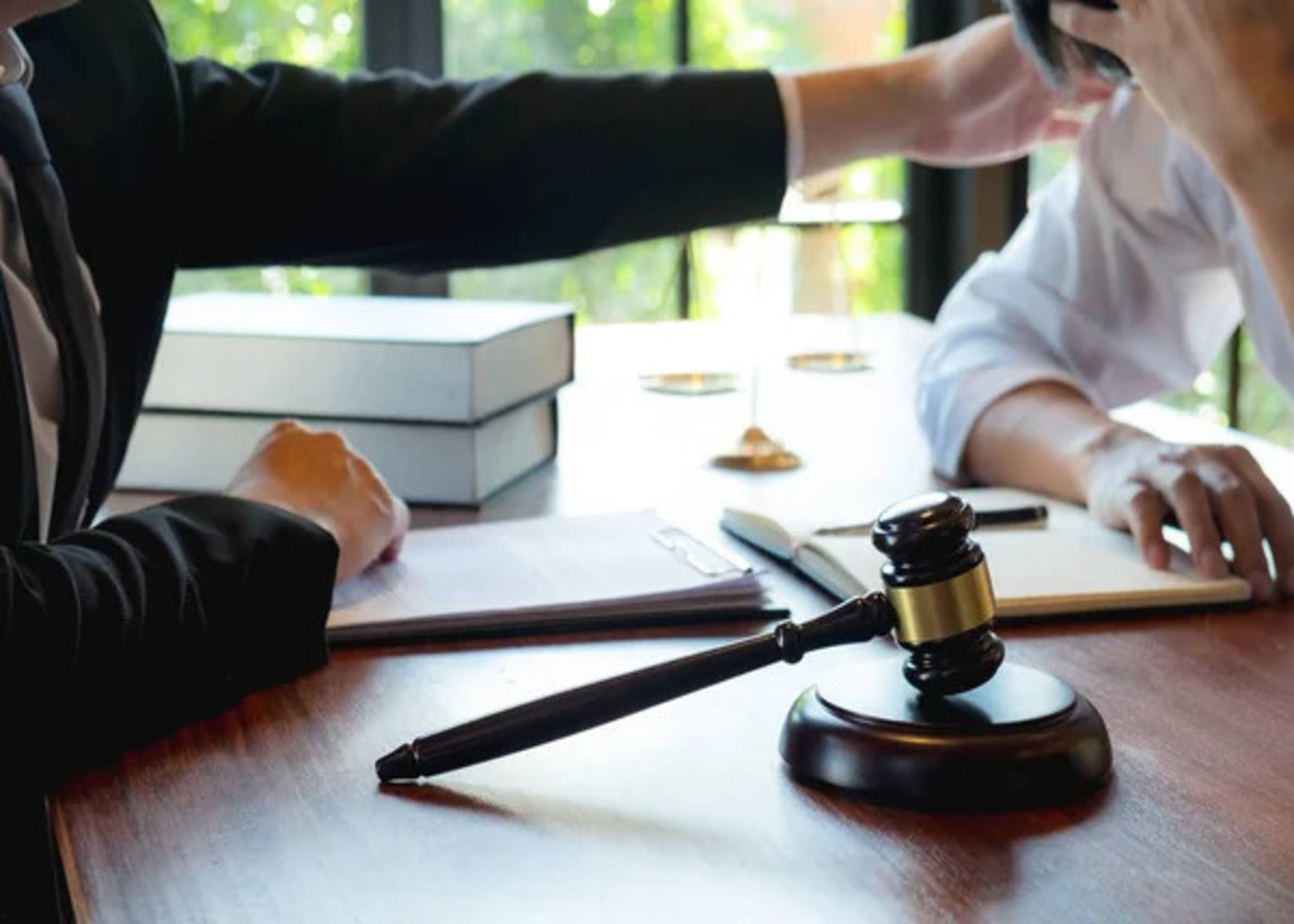In filmmaking, what we see and how we see it is greatly dependent on how the cinematographer can utilize the camera, along with the effective use of lighting to capture and transmit the desired message.
A camera shot can capture and transmit any sort of emotion that the filmmaker desires to bring the audience along emotionally. Thus, the choice of camera shot for the various scenes is usually one that is made deliberately to achieve the intended visual and emotional effects.
Utilizing these camera shots options the right way can result in good filmmaking, just as failure to understand their importance or to use them accordingly can result in productions that fail to inspire the desired effects in the audience.
A great storytelling tool in filmmaking is the extreme close-up camera shot. An extreme close-up (ECU) shot is a more intense form of a close-up shot, showing only the subject's eyes in some cases. Close-up photos enclose the subject in a tight frame, allowing the viewer to focus on a single detail. Sometimes, such as in a medium close-up view, the close-up camera shot is altered (MCU). A medium close-up will focus on the character's face, with their upper body or other background information included as needed.
How to Make the Most of Extreme Close-Ups
Depending on how the director chooses to employ an extreme close-up, it can have a variety of effects. The shot can be used to emphasize a specific emotion, such as fear or want, or to elicit strong reactions from the viewer, such as sadness, amusement, disgust, or suspense.
To highlight more information, extreme close-ups are sometimes employed with ordinary close-ups. A zoom shot, for example, can move from a typical close-up to an extreme close-up, immersing the audience in the represented action and emotion.
In films, here are four examples of extreme close-up shots
An extreme close-up picture can aid in the expression of emotions and the disclosure of essential information to the viewer. Take a look at how the extreme close-up shot is used in the films below:
1. Three characters in Sergio Leone's film The Good, the Bad, and the Ugly (1967) engage in a standoff. The camera gets closer and closer to the characters' faces and guns as the sequence progresses, heightening the suspense.
2. The unhappy and tragic Dorothy Vallens, played by Isabella Rossellini, is depicted in extreme close-up in David Lynch's Blue Velvet, with only her eyes, nose, and lips visible.
3. Minority Report (2002) has an ECU that concentrates on the eyes of a character who can see into the future, as seen in Steven Spielberg's film. The extreme close-up shot is both a story device and a thematic element in this film.
4. Se7en (1995): In David Fincher's Se7en, the camera concentrates on a gun while the guy wielding it fades into a shadowy, scary, out-of-focus figure.
What Is the Importance of Camera Shot Size?
One of the most important skills to learn in filmmaking is how to utilize the camera properly. To guide the appearance of a film, the director works closely with the cinematographer and camera team. This entails taking into account camera angles, shot sizes, and camera movements, among other things.
What is in the frame of a camera is referred to as a "shot." Extreme wide shots, wide shots, medium shots, close-ups, medium close-ups, establishing shots, complete shots, long shots, low angle shots, high angle shots, insert shots, point of view (POV) shots, and over the shoulder shots are examples of different types of shots (OTS).







